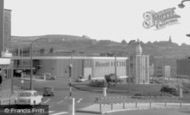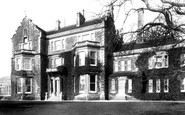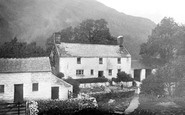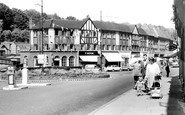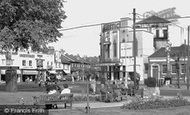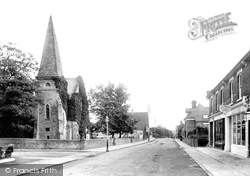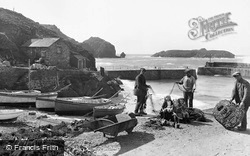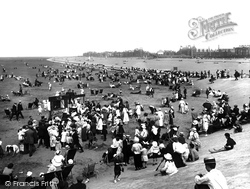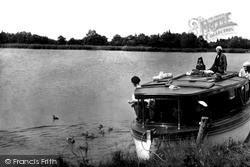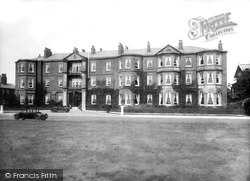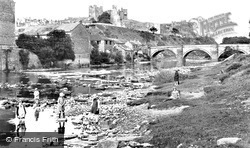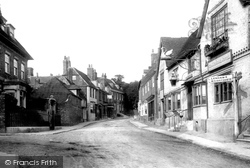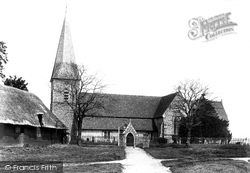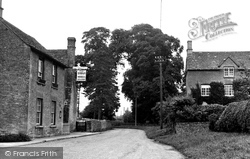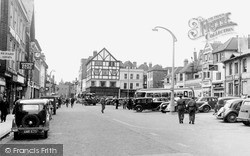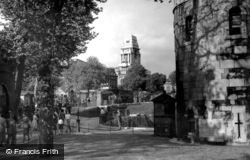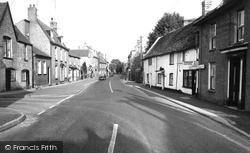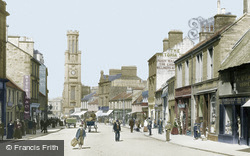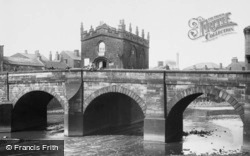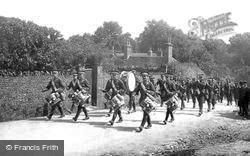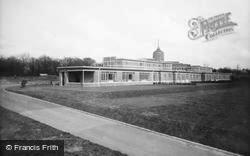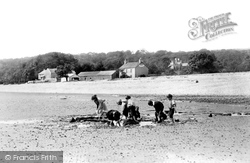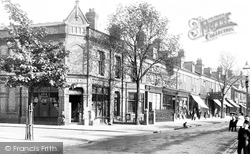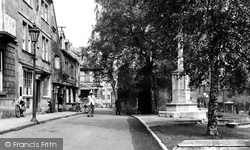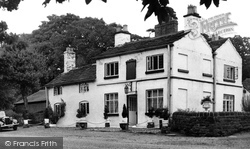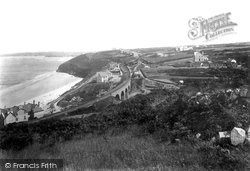Places
36 places found.
Those places high-lighted have photos. All locations may have maps, books and memories.
- Hest Bank, Lancashire
- Kents Bank, Cumbria
- Copthorne Bank, Sussex
- Banks, Lancashire
- Sutton Bank, Yorkshire
- Astwood Bank, Hereford & Worcester
- Dacre Banks, Yorkshire
- Ten Mile Bank, Norfolk
- Matlock Bank, Derbyshire
- Bank, Hampshire
- Hesketh Bank, Lancashire
- Far Bank, Yorkshire
- Bank's Green, Hereford & Worcester
- Banks, Cumbria (near Lanercost)
- Banks, Dumfries and Galloway (near Kirkcudbright)
- Bunsley Bank, Cheshire
- East Bank, Gwent
- Hanwood Bank, Shropshire
- Hoole Bank, Cheshire
- Howbeck Bank, Cheshire
- Papermill Bank, Shropshire
- Pickup Bank, Lancashire
- Malkin's Bank, Cheshire
- Meal Bank, Cumbria
- Sandy Bank, Lincolnshire
- Scilly Bank, Cumbria
- Steel Bank, Yorkshire
- Bogs Bank, Borders
- Alsagers Bank, Staffordshire
- Bury's Bank, Berkshire
- Brandon Bank, Cambridgeshire
- Cat Bank, Cumbria
- Cadney Bank, Clwyd
- Dawley Bank, Shropshire
- Dean Bank, Durham
- Lade Bank, Lincolnshire
Photos
1,065 photos found. Showing results 1,681 to 1,065.
Maps
786 maps found.
Books
15 books found. Showing results 2,017 to 15.
Memories
6,743 memories found. Showing results 841 to 850.
Pellon Lane Area In The 1950s
I used to live just off Commercial Road on Gibson Street in the 1950s. The houses were very basic with a living room, a bedroom, attic and cellar. We shared a toilet with another family which was at the end of the ...Read more
A memory of Halifax by
Welsh Girl From Six Bells
Born in Abergavenny in Dec/ 1951. Brought home to my Nanna's house who we lived with in 1 Lancaster Street where my family lived. Dad worked down the six bells pit at the time, and I have fond memories while I was ...Read more
A memory of Six Bells in 1958 by
Carrog Memory, As A Ww2 Evacuee.
I first visited Carrog in 1939 as an evacuee, at the start of World War 2. I was accompanied by my two sisters, having travelled by train from Birkenhead on the Wirral. All the evacuees were escorted to the Church ...Read more
A memory of Carrog in 1940 by
Castle Hill House
This is Castle Hill House bought that year by Augustus Brandt of William Brandt's and Sons bank, my Great Grandfather. Mostly now demolished, and the rest converted into flats.
A memory of Bletchingley in 1910 by
County Oak And Tushmore Sports And Social Club
Tushmore Lane and either side of the main A23 had properties forming the catchment area for club members, also another general store and petrol station. County Oak boasted a recreation ground ...Read more
A memory of Crawley in 1953 by
Growing Up In The War Years In Prees & Whitchurch
Although I was born in Whitchurch [Bark Hill], we moved to Prees soon after. However, I was sent to stay with my grandmother most weekends and for a period I was sent to the Wesleyan school. My ...Read more
A memory of Whitchurch in 1940 by
Bombing Of Morland Avenue
Written by my mother when she was 70. She lived in Swaisland Road I think one of the things you would have noticed was the number of barrage balloons all around, high in the sky. The first sound of guns which we heard ...Read more
A memory of Dartford in 1945
Brooksby Hall Agricultural College, Leicestershire,England
Like Gwilym Evans I was enlisted into HM Forces in 1944, along with my twin brother. We were born in May 1926. Served with RASC as drivers first in Wiltshire, England, driving 3 ton ...Read more
A memory of Nantgwynant in 1949 by
National Westminster Bank
This picture looking across the roundabout to what was The National Provincial Bank directly opposite The Old Surrey Hounds Pub. On the corner where the photo was taken from was The Westminster Bank, this is where I ...Read more
A memory of Caterham in 1973 by
St Mark's School In The 1960s
I too have wonderful memories of going to St Mark's, the teachers I remember are Mr Freemantle, Mrs Carmichael, Miss Holmes, Miss Catherine and Mr Legg. The headmistress at the time was Miss Bowley, who everyone was ...Read more
A memory of Mitcham by
Captions
2,423 captions found. Showing results 2,017 to 2,040.
Further north-west the photographer looks back towards the town centre past the Moat Road junction to Moat Church, the Congregational Church opened in 1870, now the United Reformed Church and its unusual
Small inshore fishing boats are drawn up at the back of the harbour, where two jetties were built in the 1890s to provide shelter and encourage this local industry.
The origins of Punch and Judy are in fact Italian, dating back to the Pulcinella of the commedia dell'arte, and first appeared in London in a marionette show around 1666.
On the right of the group, three young ducklings are hitching a ride on their mothers' backs. Reed beds can be clearly seen at the far edge of the broad, with trees on land behind.
As the town's popularity as a holiday resort grew, Victorian streets and shops spread back from the sea. Here were grocers, outfitters, tobacconists and souvenir and fancy goods shops.
Lytham's premier hotel has a history dating back over 300 years.
In those days this was frontier country, for though William the Conqueror had won at Hastings, anti-Norman feelings in the North were high and the possibility of a Danish-backed rebellion was never far
At the junction of the road leading to Lenham is the grander Pierce House, set back from the road.
This fine Early English church, set back from the village and behind a narrow green, boasts a raised 13th-century chancel and a tapering, shingled broach spire.
Very much a village pub, the Swan has a beer garden at the back to cater for the local populace, who number around 500, and visitors who come this way to walk round this quiet spot.
This view is looking back towards the High Street.The Southern Daily Echo (now the Southern Evening Echo) still exists, but not its Salisbury office.The famous clock above Electric House is still there.The
The architect was Sir Edwin Cooper, who looked back to the pre-Great War Edwardian era.
The Market Square has a tradition going back to the early Middle Ages, although the present Square replaces houses destroyed by a fire in 1849.
The origins of Punch and Judy are in fact Italian, dating back to the Pulcinella of the commedia dell'arte, and first appeared in London in a marionette show around 1666.
The houses on the right back onto the Ouse. The old house with the parapet gable (right) has been divided into three cottages - one is a shop.
Little survives of the old town, although parts of the former Greyfriars church of St John, where Robert the Bruce held a Parliament in 1315, are thought to date back to its origins.
In the background is the Old College Hotel, a name that echoes back to the founding of the College of Jesus by the Archbishop of York in 1500.
This haunting and unusual picture shows a marching band at Frensham during the First World War.
The hospital was paid for by public subscription; Sir Robert Kindersley, a banker, gave land for its construction and one of the wards was named after him.
Formerly, it was a sea mill: the tide entered the pool, now ornamental, above it and then drained back down again. The building is now much altered in appearance.
A number of retailers and farmers had produce rounds in Alderley, delivering groceries, dairy produce and even wines and spirits to the door, or rather, the back door.
Just beyond the Market Hall behind the war memorial is the Town Hall, which dates back to the 14th century.
There were even plans in the early seventies to convert the outbuildings at the back into an 11-bedroom hotel.
The back of the Carbis Bay Hotel can be seen on the left.
Places (158)
Photos (1065)
Memories (6743)
Books (15)
Maps (786)

